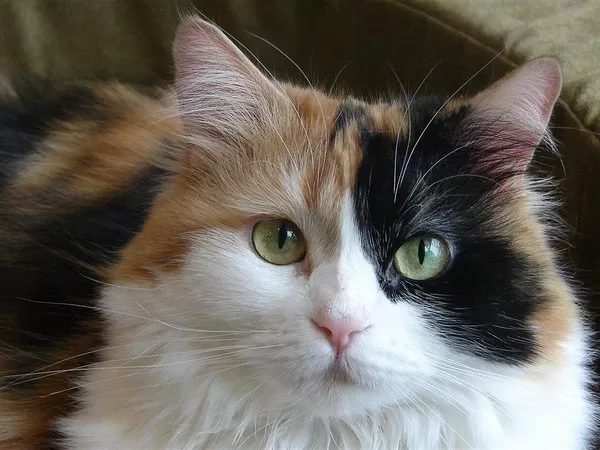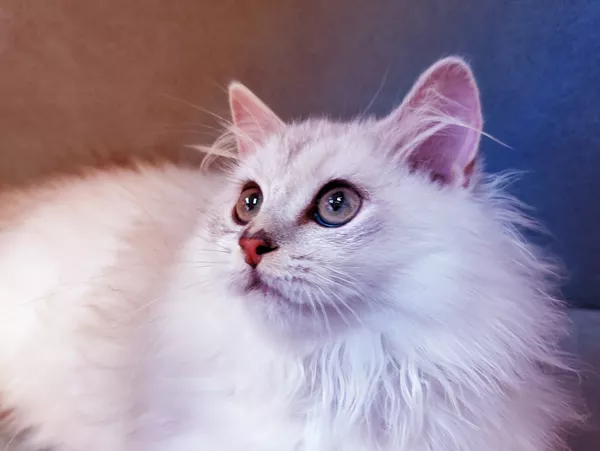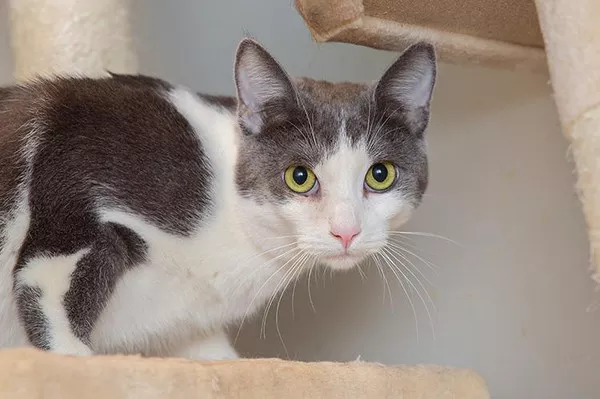The British Shorthair cat, with its distinctive round face and dense, plush coat, is an endearing and beloved feline breed. Known for its gentle temperament and easy-going nature, the British Shorthair makes an excellent companion for individuals and families alike. As a responsible pet owner, providing the best care for your British Shorthair is essential for their health and happiness. In this comprehensive guide, we will explore everything you need to know about how to properly care for your British Shorthair cat, including their nutritional needs, grooming requirements, exercise, and overall well-being.
1.Feeding and Nutrition:
Proper nutrition is the foundation of good health for your British Shorthair cat. Providing a balanced and age-appropriate diet is crucial for their well-being. Here are some tips for feeding and nutrition:
High-Quality Food: Choose premium cat food that is specifically formulated for British Shorthairs or all life stages. Look for a diet that is rich in protein, with essential vitamins and minerals.
Portion Control: Follow the feeding guidelines provided on the cat food packaging and adjust portions based on your cat’s age, weight, and activity level to prevent obesity.
Fresh Water: Ensure your British Shorthair has access to fresh water at all times to stay hydrated.
Avoid Toxic Foods: Never feed your cat chocolate, onions, garlic, grapes, raisins, alcohol, caffeine, or any toxic substances, as these can be harmful or fatal to cats.
2.Grooming
The British Shorthair’s dense coat requires regular grooming to keep it in top condition. Grooming not only removes loose fur but also helps prevent hairballs and keeps the coat looking its best. Here are some grooming tips:
Brushing: Brush your British Shorthair’s coat at least once a week to remove loose fur and distribute natural oils.
Bathing: While British Shorthairs are generally good self-groomers, an occasional bath may be necessary, especially if they get dirty or have skin conditions.
Dental Care: Regularly brush your cat’s teeth with a feline-specific toothbrush and toothpaste to prevent dental issues.
Ear and Eye Care: Check their ears and eyes regularly for any signs of infections or discharge and clean them with a damp cotton ball if needed.
3.Exercise and Play:
Playing and exercising with your British Shorthair is an important part of keeping them healthy. British Shorthairs are generally gentle and friendly cats who love to interact and play with people. Here are some suggestions for playing and exercising with your British Shorthair:
Provide a variety of toys: provide cats with a variety of toys, such as feather rods, small balls, interesting mouse models, etc. These toys stimulate their prey instincts and keep them active and curious.
Interactive play: Participate in interactive play with cats, such as using a feather stick to lure them into a chase, or using a paper ball to make them chase. These games can enhance your bond and also keep the cat active and healthy.
Use puzzles: Provide cats with puzzles and puzzles, such as hidden food toys, to use their brains and drain their energy.
Fishing Rod: Use a fishing rod-style toy to interact with cats and have them chase and grab a toy dangling from a rod, a fun and physical exercise.
Provide climbing space: Provide cats with climbing frames or cat trees where they can climb and observe their surroundings. This is great for both satisfying your cat’s nature and providing space to exercise.
Regular Playtime: Set a regular playtime each day to ensure the cat gets enough exercise and entertainment.
Keep the environment fresh: Change and update the toys regularly to keep the cat’s environment fresh and prevent them from losing interest in playing.
To sum it up, play and daily exercise with your British Shorthair is an important part of keeping them healthy and happy. By providing an abundance of toys, interactive games, puzzles, and climbing spaces, you can create a closer bond with your cat while keeping them active and healthy. Schedule playtime regularly to help your cat burn off energy, prevent behavioral problems, and ensure they have a happy life in the home.
4.Health Care:
Regular veterinary check-ups are essential to ensure your British Shorthair’s health and catch any potential health issues early. Here are some health care tips:
Vaccinations: Keep up with your cat’s vaccination schedule to protect them from common feline diseases.
Parasite Prevention: Administer regular flea, tick, and worming treatments as advised by your veterinarian.
Spaying/Neutering: Consider spaying or neutering your British Shorthair if you do not plan to breed them to prevent unwanted litters and reduce the risk of certain health issues.
Monitoring Behavior: Pay attention to any changes in your cat’s behavior, appetite, or litter box habits, as these may indicate health problems.
5.Creating a Safe Environment:
Creating a safe and enriching environment is crucial for your British Shorthair’s well-being. Here are some tips:
Provide Hiding Spots: British Shorthairs enjoy having their cozy spots for rest and relaxation. Consider providing them with cat beds or cat trees.
Cat-Proofing: Ensure your home is cat-proofed by securing hazardous substances, keeping electrical cords out of reach, and removing any potential choking hazards.
Indoor vs. Outdoor: While some British Shorthairs may enjoy supervised outdoor time in a safe, enclosed space, keeping them indoors is generally safer, especially in urban areas with potential dangers.
Conclusion:
Caring for a British Shorthair cat requires dedication, love, and attention to their unique needs. Providing a balanced diet, regular grooming, exercise, and excellent health care are essential for their overall well-being. The British Shorthair’s gentle and affectionate nature makes them wonderful companions, and with proper care, they can enjoy a happy and healthy life by your side. Remember that each cat is an individual, and understanding your British Shorthair’s specific preferences and requirements will help create a fulfilling and enriching environment for your feline friend.
Recommended reading:


























